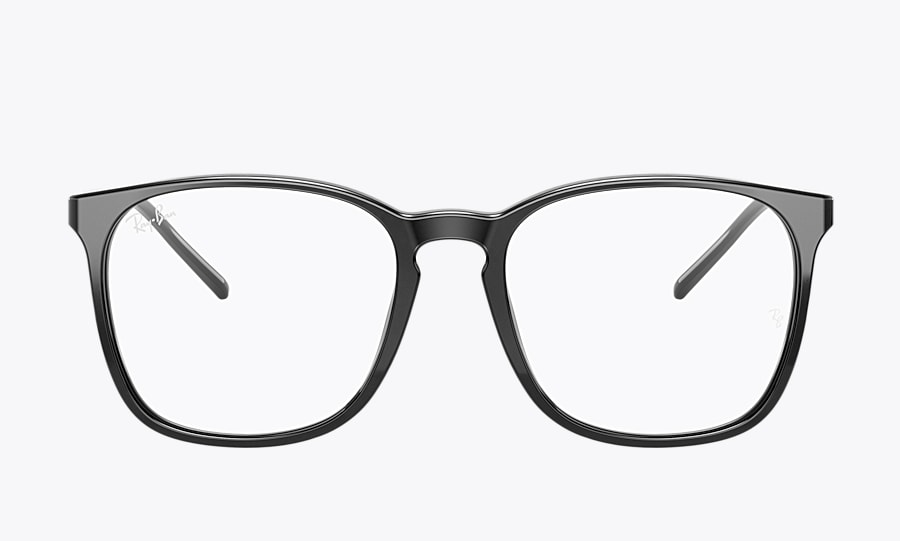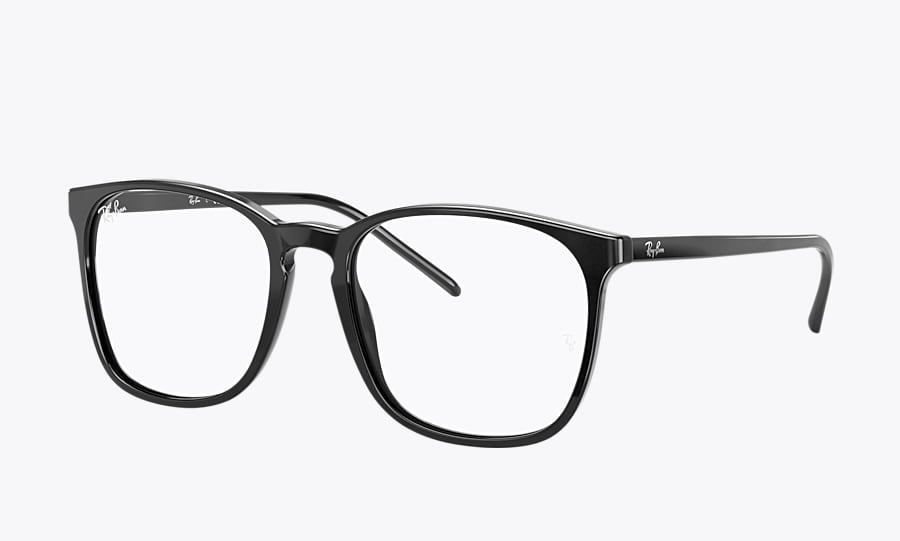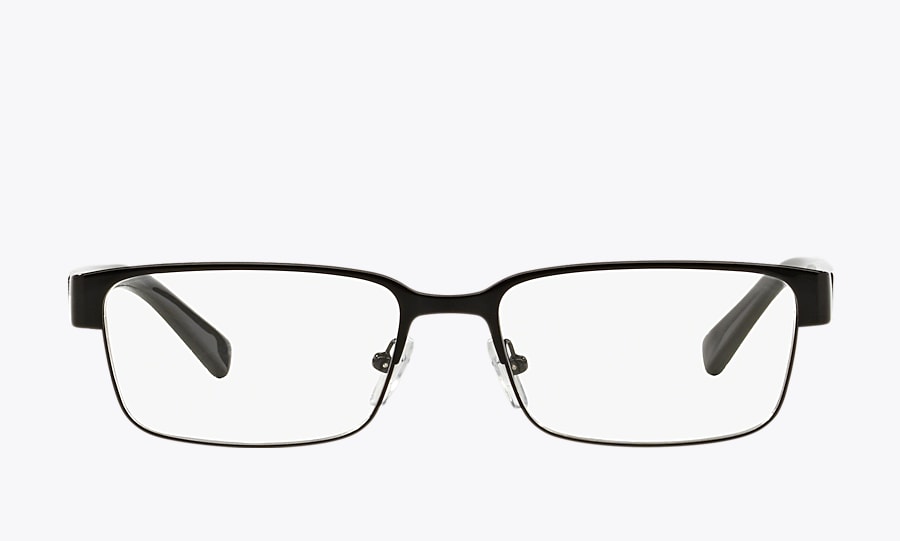
If you’ve ever looked in the mirror and your eyes were red, you’ve probably wondered what caused it and how you can make your eyes whiter.
The good news is that red eyes (also known as bloodshot eyes) are usually temporary and not serious. Your eyes look red when the blood vessels on the surface of the eyes are inflamed or irritated. Along with redness, you may also experience:
- Pain
- Itchiness
- Irritated or sore eyelids
- Teary (watery) eyes
- The feeling that something is stuck in your eye
What Causes Red Eyes
Before you can get rid of red eyes, you need to know what’s causing them. Common causes include:
- Allergies – Exposure to pollen, pet dander, dust, mold, cigarette smoke, perfumes, pool chemicals and other allergens can irritate your eyes and make them look red.
- Debris in the eye – If you get an eyelash, dust, makeup or other debris in your eyes, you may experience redness and discomfort.
- Crying – When you cry, the blood vessels in your eyes dilate and give a reddish appearance.
- Lack of sleep – When you don’t sleep enough, less oxygen is available for your eyes. This causes the blood vessels to dilate and your eyes to look red.
- Eye strain – Exposure to sunlight or blue light, or staring at screens without enough breaks, can irritate your eyes and cause redness.
- Contact lenses – Your eyes can look red if you wear torn lenses, put them in your eyes inside out, or if there is debris under the lenses that rubs your eyes.
- Sun damage – If you don’t wear sunglasses, ultraviolet light can damage the clear membrane covering your eyes and cause your eyes to become red.
- Dry eye – When your eyes are dry, they become irritated and red.
- Windy weather – If you’re outside on a windy day, air moving across your eyes can evaporate tears and lead to red eyes.
- Pregnancy – Pregnancy hormones can reduce the amount of moisturizing tears your eyes produce, causing your eyes to become red.
- Side effects or overuse of certain eye drops – If you use anti-redness eye drops made from decongestants, you may experience “rebound redness” when the effects of the drops wear off.
- Alcohol consumption – Alcohol dilates blood vessels in the eyes and makes them look red.
- Burst blood vessels – Blood vessels in your eyes can burst, causing blood to leak in your eyes and make them look red.
- Infection – Infections such as conjunctivitis irritate the eyes and cause them to appear red.
- Eyelid inflammation and other eyelid problems – Swelling, itchiness and drooping eyelids can affect your eyes and lead to redness.
- Ingrown eyelashes – Eyelashes can grow inward rather than outward and rub against your eyes, causing irritation and redness.
How to Treat Red Eyes at Home
There are many ways to relieve eye redness at home. You can:
Use Eye Drops
Eye drops are a popular way to get rid of red eyes, but be sure to choose the right type for you:
- Lubricating eye drops or artificial tears – Used most often for red eyes, these drops mimic your natural tears to keep your eyes moist. Look for preservative-free lubricating eye drops, which are believed to be the safest for regular use.
- Anti-redness drops – These drops are made with decongestants that temporarily reduce the inflammation of the blood vessels in the eyes. However, they can make your red eyes worse, so be sure to talk with your eye doctor before using them.
- Allergy eye drops – These drops can treat red eyes caused by allergies. It’s a good idea to check with your eye doctor before using allergy eye drops.
There are also a number of ways to treat red eyes without using eye drops:
Apply a Warm Compress
Soak a hand towel or washcloth in warm (not hot) water and wring it out. Hold the towel on your eyes for about 10 minutes. The heat can increase blood flow to the area and oil production on your eyelids so your eyes can create more lubrication.
Try a Cold Compress
If a warm compress doesn’t work, try cold water. Soak a hand towel or washcloth in cold water and put it on your eyes to relieve swelling and reduce itchiness.
Gently Wash the Area
Wet a clean washcloth with warm (not hot) water. Close your eyes and gently rub the washcloth over your eyelids and lashes to help remove oils and irritants.
Flush Your Eyes
If it feels like something is in your eyes and you don’t have eye drops handy, carefully flush your eyes with sterile eye wash or filtered water (tap water can cause more irritation).
Take Allergy Medication
If your eyes are red due to allergies, taking an antihistamine or other allergy medication may help clear up the redness.
Blink More Often
Blinking keeps your eyes moisturized. You normally blink about 15 times in one minute, but that drops to only five to seven blinks per minute when you’re looking at a digital screen. If you use a computer or other digital device for long periods, you may need to remind yourself to blink.
Cut Down on Screen Time
Try to reduce the amount of time you spend in front of a screen. If that’s not possible, follow the 20-20-20 rule: Every 20 minutes, look at an object 20 feet away for 20 seconds.
Get More Sleep
Getting the recommended amount of sleep for your age can help clear red eyes.
Change Your Contact Lenses
If you wear multiuse contact lenses, changing to a new pair could relieve your red eyes. You should also avoid sleeping in your contacts.
Get Relief for Your Dry Eyes
If dry eye is causing your eye redness, over-the-counter artificial tears and prescription eye drops may provide relief. If these don’t help, your eye doctor may also suggest punctal plugs, which are inserted into your tear ducts to stop fluid from draining. This keeps your eyes moist and helps relieve red eyes.
Treat Sun Damage
If your eyes have been damaged by the sun, you may need a conjunctivoplasty. This procedure repairs the conjunctiva, which is the clear, thin membrane covering part of the front surface of the eye and the inner surface of the eyelids.
When to Call a Doctor
Red eyes often are not serious and you can treat them from home. However, you should call your eye doctor if your eyes are red for more than a few hours, or if you have any of these symptoms:
- Pain or tenderness when moving your eyes
- Nausea
- Sensitivity to light
- Pus or crusting
- Fever
- Vision changes
Red eyes could be a sign of a serious eye condition like conjunctivitis, glaucoma or a corneal ulcer. If at-home treatments aren’t working or your symptoms get worse, make an appointment with your eye doctor.



















